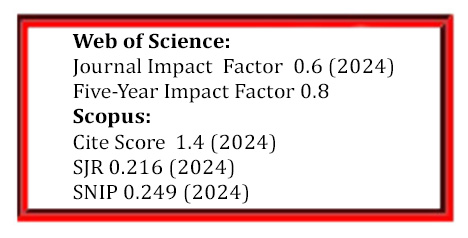Performance Analysis of Tunnel Water Plugging Engineering Slurry Based on Polycarboxylate Superplasticizer
DOI:
https://doi.org/10.5755/j02.ms.38805Keywords:
tunnel water plugging engineering, polycarboxylate superplasticizer, concrete slurry, high surface temperature, R·SAC425, response surface analysisAbstract
In response to the low efficiency of water plugging slurry in high temperature tunnel engineering, this research explores the optimization configuration of tunnel water plugging slurry. Through the analysis of the gel time, fluidity, stability and mechanical properties of the slurry fused with polycarboxylate superplasticizer, the response surface analysis method and central composite design are used to optimize the design of the slurry for water shutoff projects. Experimental verification showed that the performance of grouting was optimal when the ratio of 12.48 % fast hardening sulfoaluminate cement 425, 0.91 % polycarboxylate superplasticizer, 3.03 ‰ calcium lignosulfonate, and 1.00 ‰ hydroxypropyl methylcellulose was formulated. The gel time of the slurry prepared at 90 ℃ was 12 min, the viscosity was 2064 mPa · s, the water separation rate was 2.87 %, and the compressive strength of the slurry prepared 3 days later was high as 21.35 mPa, meeting the requirements for tunnel water plugging construction. The results showed that fast hardening sulfoaluminate cement 425 had the greatest impact on the performance of the slurry, while polycarboxylate superplasticizer had obvious effects on the stability and flowability of the slurry. The optimal configuration scheme proposed in the study has positive application significance in high surface temperature tunnel water plugging engineering. This optimal solution provides theoretical basis and technical support for tunnel water plugging engineering, and improves the effectiveness of grouting configuration.
Downloads
Published
Issue
Section
License
The copyrights for articles in this journal are retained by the author(s), with first publication rights granted to the journal. By virtue of their appearance in this open-access journal, articles are free to use with proper attribution in educational and other non-commercial settings.



